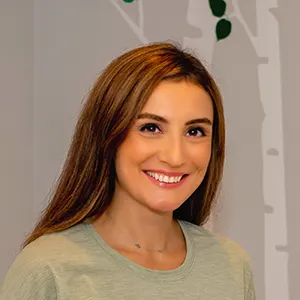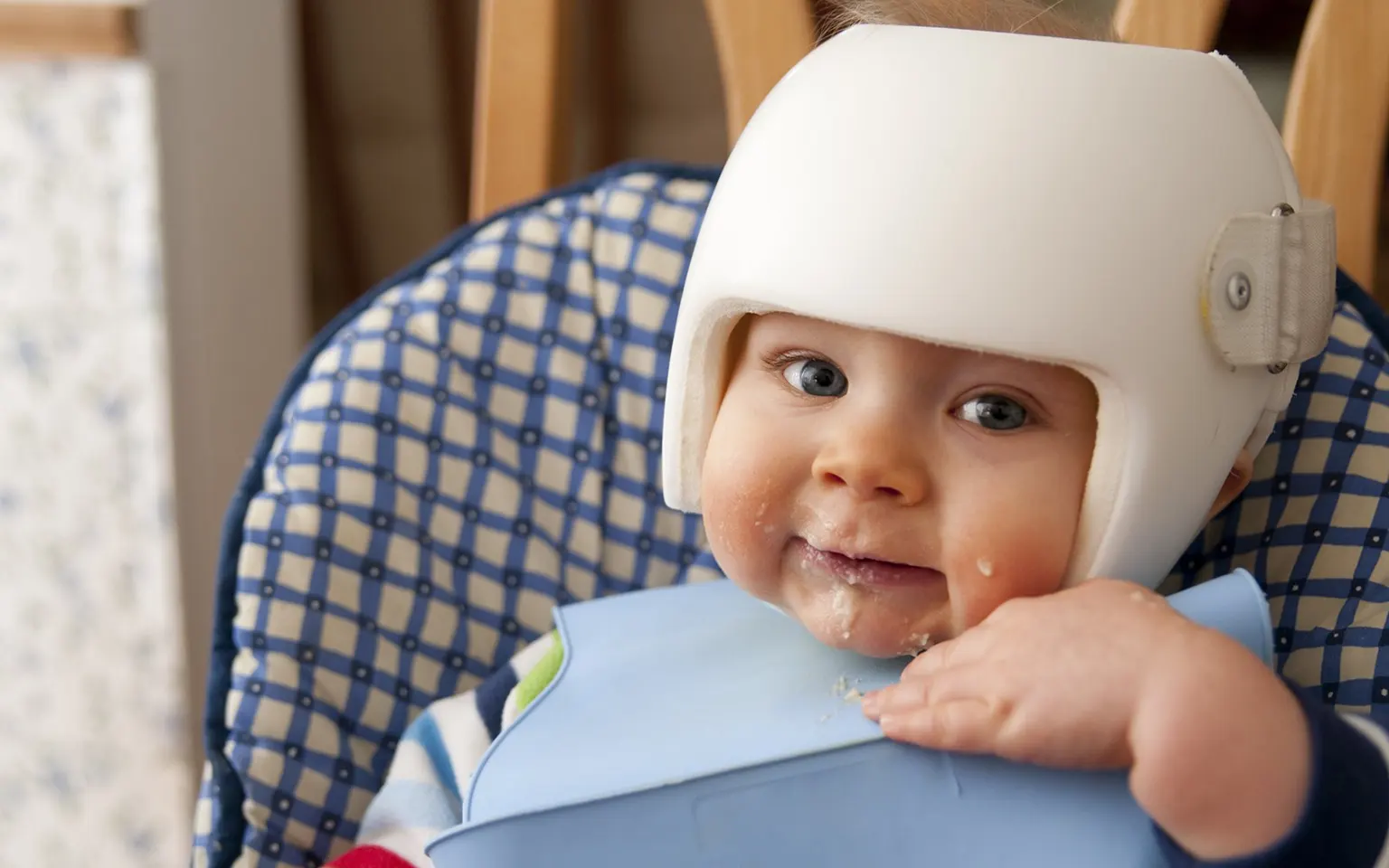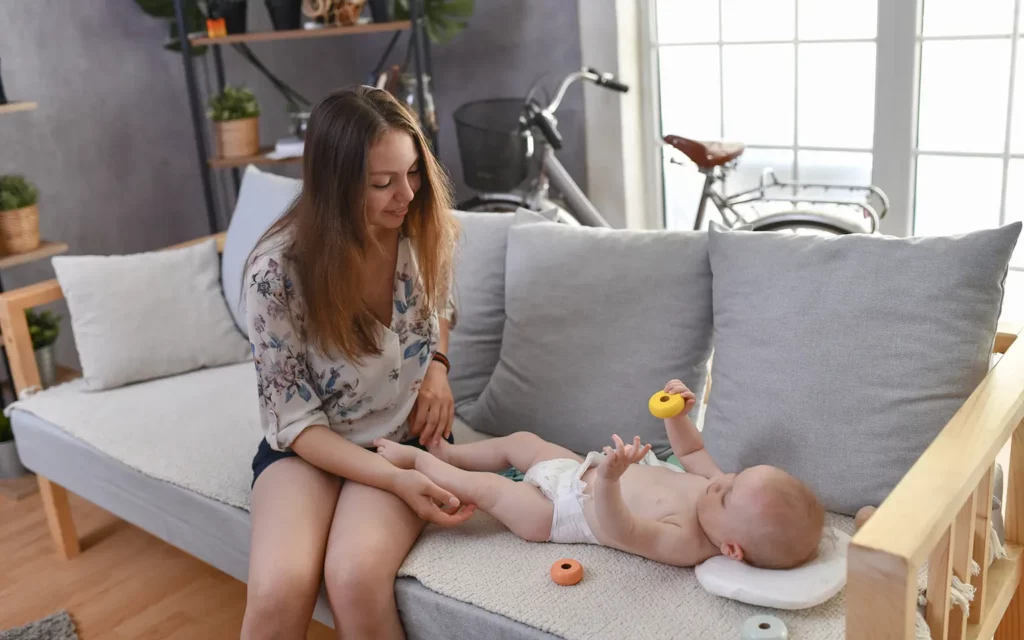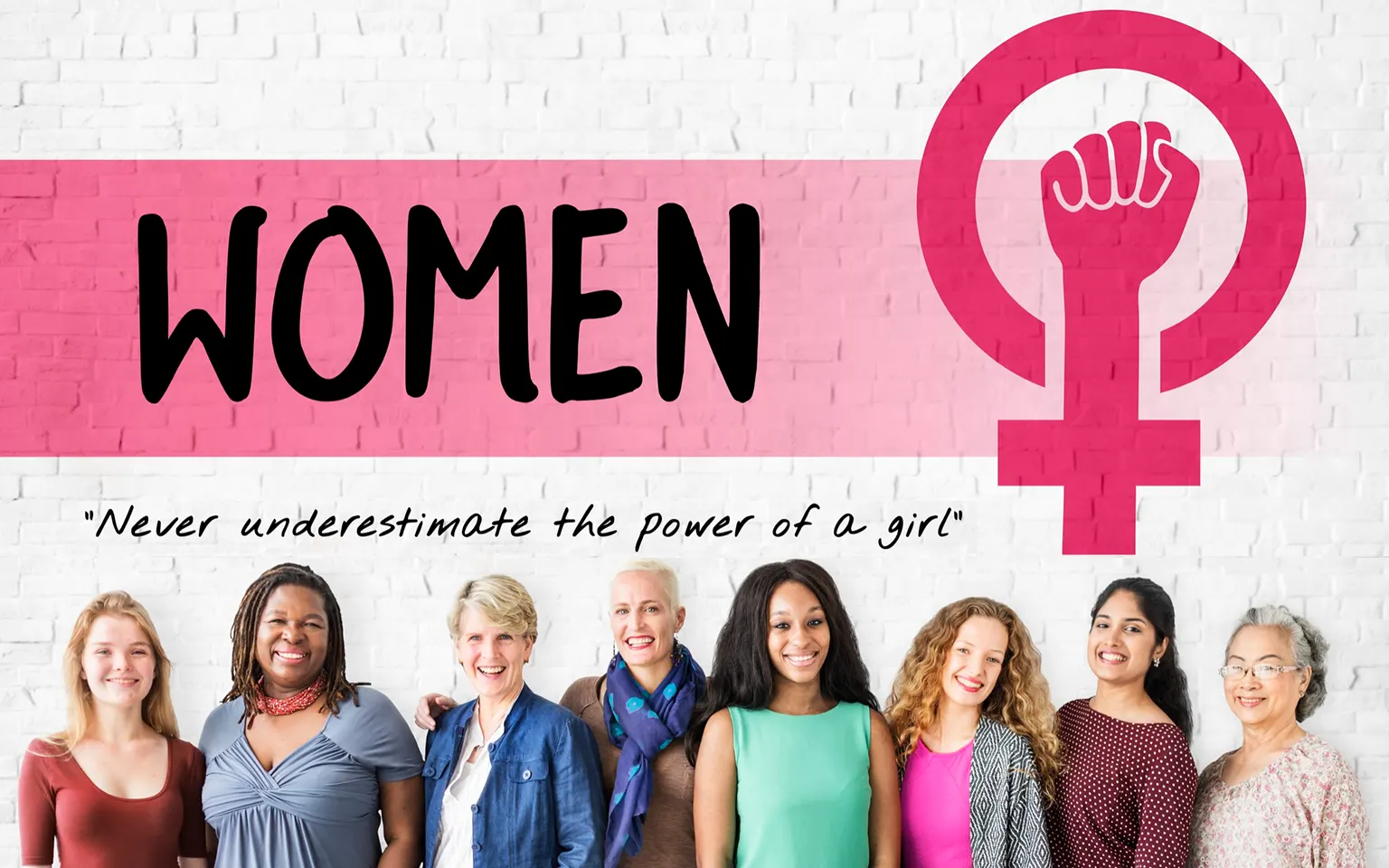
Menu
Close


For new parents, the health and well-being of their newborn is paramount. While back-sleeping is recommended to reduce the risk of SIDS (Sudden Infant Death Syndrome), it can lead to developmental concerns such as flat head syndrome (Plagiocephaly) and torticollis. These conditions can have lasting impacts, including developmental delays and physical deformities [Reference: “Long-Term Effects of Plagiocephaly” – Journal of Pediatrics, 2021, Link.]

Premature babies are particularly susceptible to these conditions due to their softer skull bones and more extended hospital stays. “According to the American Academy of Family Physicians, about 50% of children will develop positional plagiocephaly. For most babies, it occurs during the first four to 12 weeks of life. But 20% of babies are born with a misshapen head due to circumstances in the womb or birth canal.” [Reference: “Does your baby need helmet therapy? 5 facts about flat head syndrome”- UCLA Health, 2022, Link]
In addition to Plagiocephaly and torticollis, infants who spend extended periods on their backs can develop brachycephaly, a condition where the back of the head becomes flattened, leading to a broader, shorter skull shape. This can affect skull symmetry and potentially lead to challenges in facial development [Reference: “Brachycephaly” – National Library of Medicine, 2022, Link].
Corrective measures like molding helmets, though effective, can be costly and aren’t always covered by insurance. They range in price from hundreds to thousands of dollars and primarily serve correction rather than prevention [Reference: “Practical Review of the Cost of Diagnosis and Management of Positional Plagiocephaly” – Plastic and Reconstructive Surgery, 2022, Link].

Prevention is vital when it comes to infant care. Traditional methods like ample tummy time and frequently holding your baby are beneficial and recommended practices to help mitigate the risk of flat head syndrome. However, these methods have their limitations in practicality, as there’s only so much time in the day for them to be effectively employed. In these situations, a safe, fully breathable headrest can serve as a valuable alternative in supporting your baby’s head.
This is precisely where the Babyfi® Infant Hollow Headrest steps in to offer a practical solution. Co-created by a pediatrician, a materials engineer, and a mother of premature twins who personally faced the challenges of flat head syndrome, this headrest is innovatively designed to redistribute pressure evenly across the baby’s head. While it was inspired by the need to address the flat head challenge, it’s important to clarify that the Babyfi® headrest, as of now, is not an FDA-approved medical device. It has not undergone the extensive trials necessary to officially claim the prevention of flat head syndrome. This process is complex and costly, and as a burgeoning startup, we are yet in our growth phase. We are hopeful and committed to achieving FDA approval in the future, as we evolve and expand our capabilities.

The Babyfi® Infant Hollow Headrest represents a proactive approach to infant care. While it’s inspired by the challenges of flat head syndrome and not yet FDA-approved, our dedication to pursuing medical validation in the future underscores our commitment to safety and innovation. Babyfi’s headrest is more than just a product; it’s a reassurance to parents seeking the best for their little ones.
For more information on how the Babyfi® headrest can contribute to your baby’s safe and healthy development, visit our website at www.babyfi.com.




No spam, notifications only about new products, blogs, and updates.
For new parents, the health and well-being of their newborn is paramount. While back-sleeping is recommended to reduce the risk of SIDS (Sudden Infant Death Syndrome), it can lead to developmental concerns such as flat head syndrome (Plagiocephaly) and torticollis. These conditions can have lasting impacts, including developmental delays and physical deformities [Reference: “Long-Term Effects of Plagiocephaly” – Journal of Pediatrics, 2021, Link.]

Premature babies are particularly susceptible to these conditions due to their softer skull bones and more extended hospital stays. “According to the American Academy of Family Physicians, about 50% of children will develop positional plagiocephaly. For most babies, it occurs during the first four to 12 weeks of life. But 20% of babies are born with a misshapen head due to circumstances in the womb or birth canal.” [Reference: “Does your baby need helmet therapy? 5 facts about flat head syndrome”- UCLA Health, 2022, Link]
In addition to Plagiocephaly and torticollis, infants who spend extended periods on their backs can develop brachycephaly, a condition where the back of the head becomes flattened, leading to a broader, shorter skull shape. This can affect skull symmetry and potentially lead to challenges in facial development [Reference: “Brachycephaly” – National Library of Medicine, 2022, Link].
Corrective measures like molding helmets, though effective, can be costly and aren’t always covered by insurance. They range in price from hundreds to thousands of dollars and primarily serve correction rather than prevention [Reference: “Practical Review of the Cost of Diagnosis and Management of Positional Plagiocephaly” – Plastic and Reconstructive Surgery, 2022, Link].

Prevention is vital when it comes to infant care. Traditional methods like ample tummy time and frequently holding your baby are beneficial and recommended practices to help mitigate the risk of flat head syndrome. However, these methods have their limitations in practicality, as there’s only so much time in the day for them to be effectively employed. In these situations, a safe, fully breathable headrest can serve as a valuable alternative in supporting your baby’s head.
This is precisely where the Babyfi® Infant Hollow Headrest steps in to offer a practical solution. Co-created by a pediatrician, a materials engineer, and a mother of premature twins who personally faced the challenges of flat head syndrome, this headrest is innovatively designed to redistribute pressure evenly across the baby’s head. While it was inspired by the need to address the flat head challenge, it’s important to clarify that the Babyfi® headrest, as of now, is not an FDA-approved medical device. It has not undergone the extensive trials necessary to officially claim the prevention of flat head syndrome. This process is complex and costly, and as a burgeoning startup, we are yet in our growth phase. We are hopeful and committed to achieving FDA approval in the future, as we evolve and expand our capabilities.

The Babyfi® Infant Hollow Headrest represents a proactive approach to infant care. While it’s inspired by the challenges of flat head syndrome and not yet FDA-approved, our dedication to pursuing medical validation in the future underscores our commitment to safety and innovation. Babyfi’s headrest is more than just a product; it’s a reassurance to parents seeking the best for their little ones.
For more information on how the Babyfi® headrest can contribute to your baby’s safe and healthy development, visit our website at www.babyfi.com.




No spam, notifications only about new products, blogs, and updates.
Sign up with us to get an exclusive 10% discount on your purchase!
You will receive the coupon code in your email.
By signing up, you will be the first to know about exclusive discounts, new product launches, insightful blog posts, and much more!
Rest assured, we will not spam you.